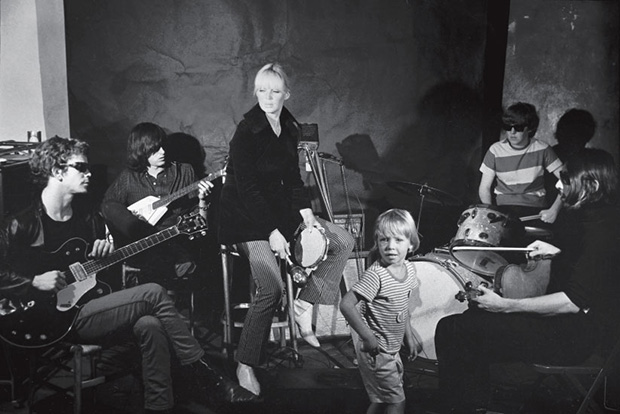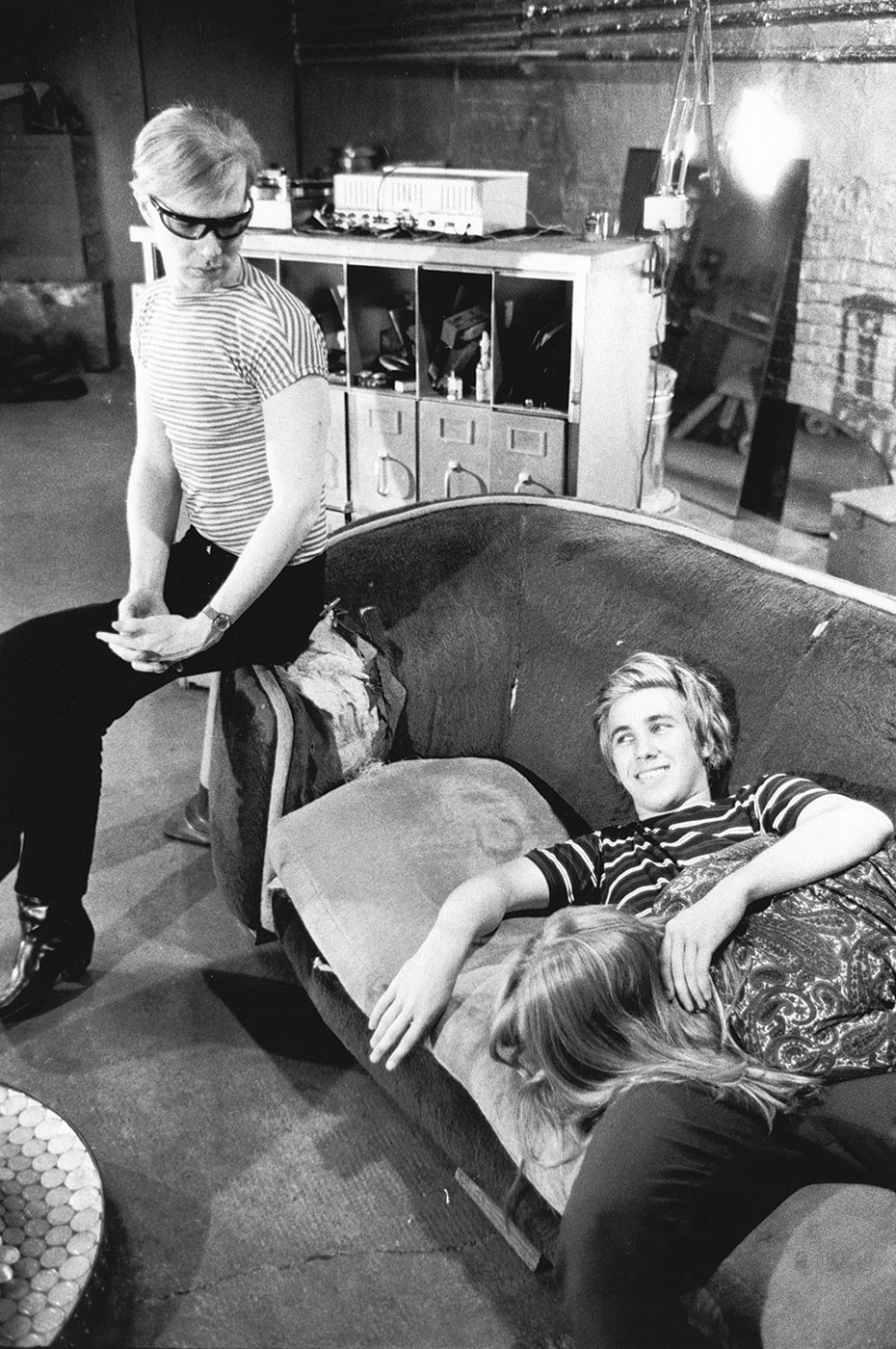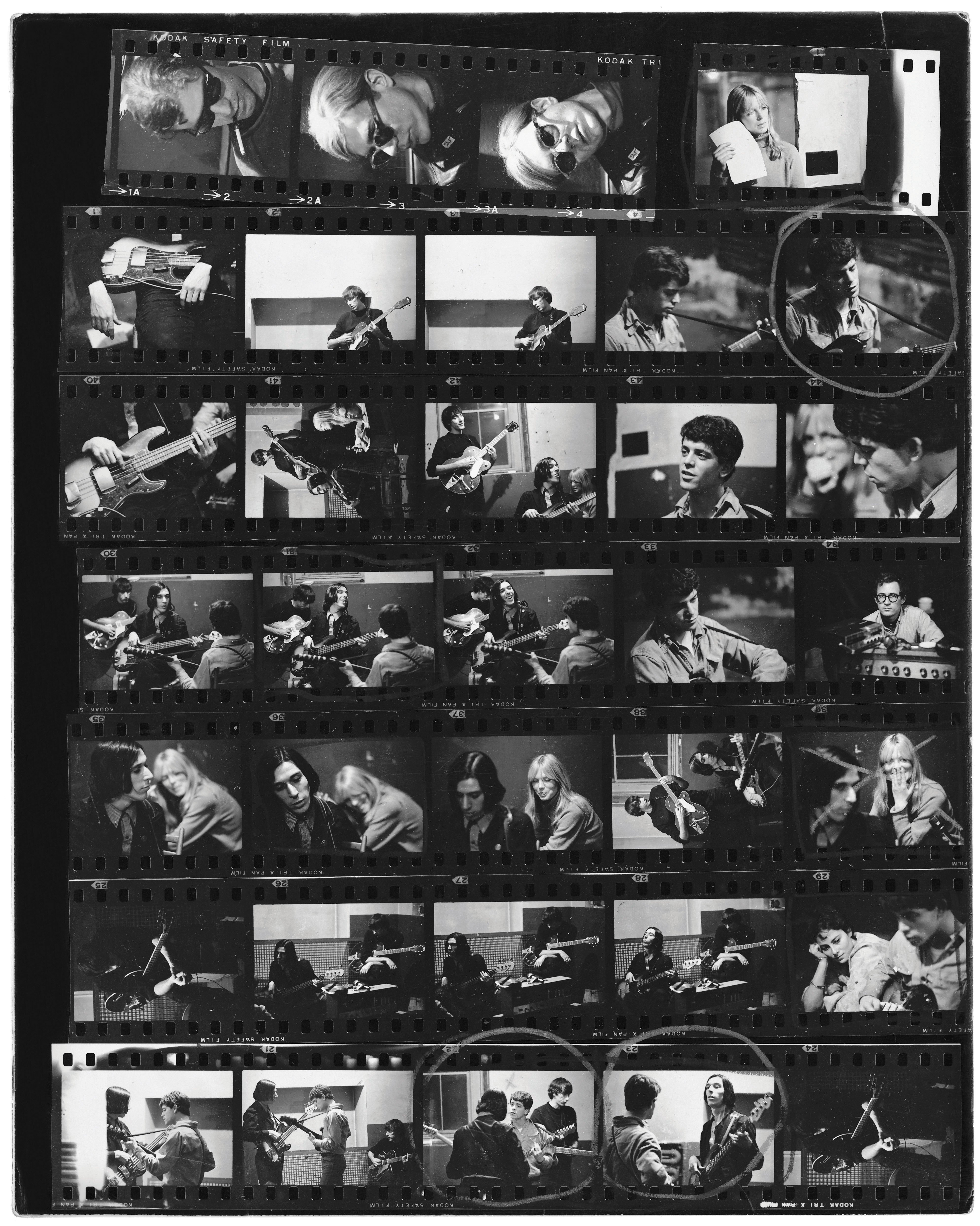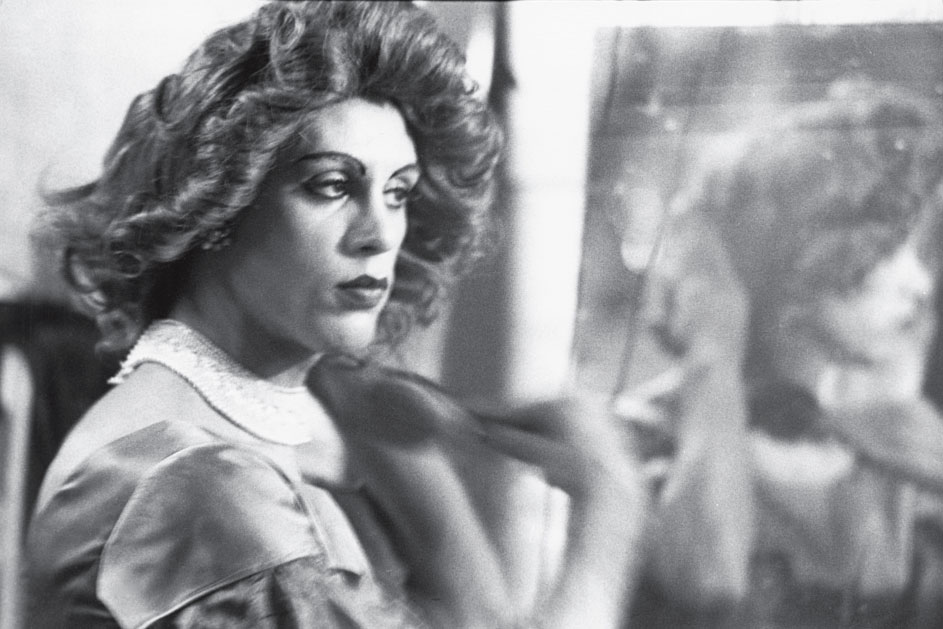
3 more anecdotes from Andy Warhol's Factory
Stephen Shore's new book reproduces evocative photos and seamy gossip from the pop artist's mid-sixties milieu
Money and sex are great drivers of human behaviour, and nowhere is this more apparent than in the photographer Stephen Shore’s new book Factory: Andy Warhol Steven Shore.
At the age of 17, Shore began to hang out at The Factory, Andy Warhol’s famous studio in midtown Manhattan, photographing the fellow artists, musicians, actors, curators, socialites and acolytes who passed between its silver walls.
Serving as Andy’s unofficial photographer, Shore snapped countless pictures, many of which have now been collected in Factory: Andy Warhol Steven Shore. The book records both the artistic processes at work in the factory, and the seamier side of life alongside the great pop art pioneer.
In the second of our series of anecdotes from the book, here are some tales of cash, libido and a little pharmaceutical excess.

“Some people felt Chuck [Wein, entertainment promoter and Warhol associate] was one of the most manipulative people ever, but I never had that experience. Except I do remember that during the filming of My Hustler on Fire Island, he had LSD in liquid form. I think I was the only person who knew he put it in the orange juice. Which I guess could be classified as a manipulative act. I think I was the only person who avoided drinking It." Stephen Shore

“Andy was fortified by a great internal arrogance. He was very much about work and very much about money. Andy was obsessed with money. Very, very greedy. At the same time he never exploited anybody in the Factory, but he saw the world as someplace where a lot of money should be made. He could deal with the Velvet Underground; I think he got them their contract and opened the Dom [nightclub] for them, kind of invented the discotheque. First he invented the Velvets and then the discotheque as a showcase for them, with the strobe lights and all that. It was the first." Critic Donald Lyons

“I didn’t perceive, at once, that Mario Montez in drag was not a woman. I was watching [1964 Warhol film] Mario Banana and thought, Who is that lewd woman? How did they ever find such a slut? But I learned. Appearances are deceiving. The Factory was whatever; you had to perceive the fine lines of demarcation. Appearances are deceiving, maybe, but it is also equally likely that the appearance is the essence. That the essential Mario was the drag version. Suppose you just have an appearance. We could talk philosophy. The nominalist, realist controversy, I wrote a grad school thesis on it. That’s the problem. It’s deadly. How could I be deceived by that? But in Banana, I think the lighting softens up her beard line or something.” The Velvet Underground’s Sterling Morrison
More great stories and even better photograhs can be found in Factory: Andy Warhol Steven Shore. You can read through the first set of anecdotes here and back soon for the next bunch of stories from the book.